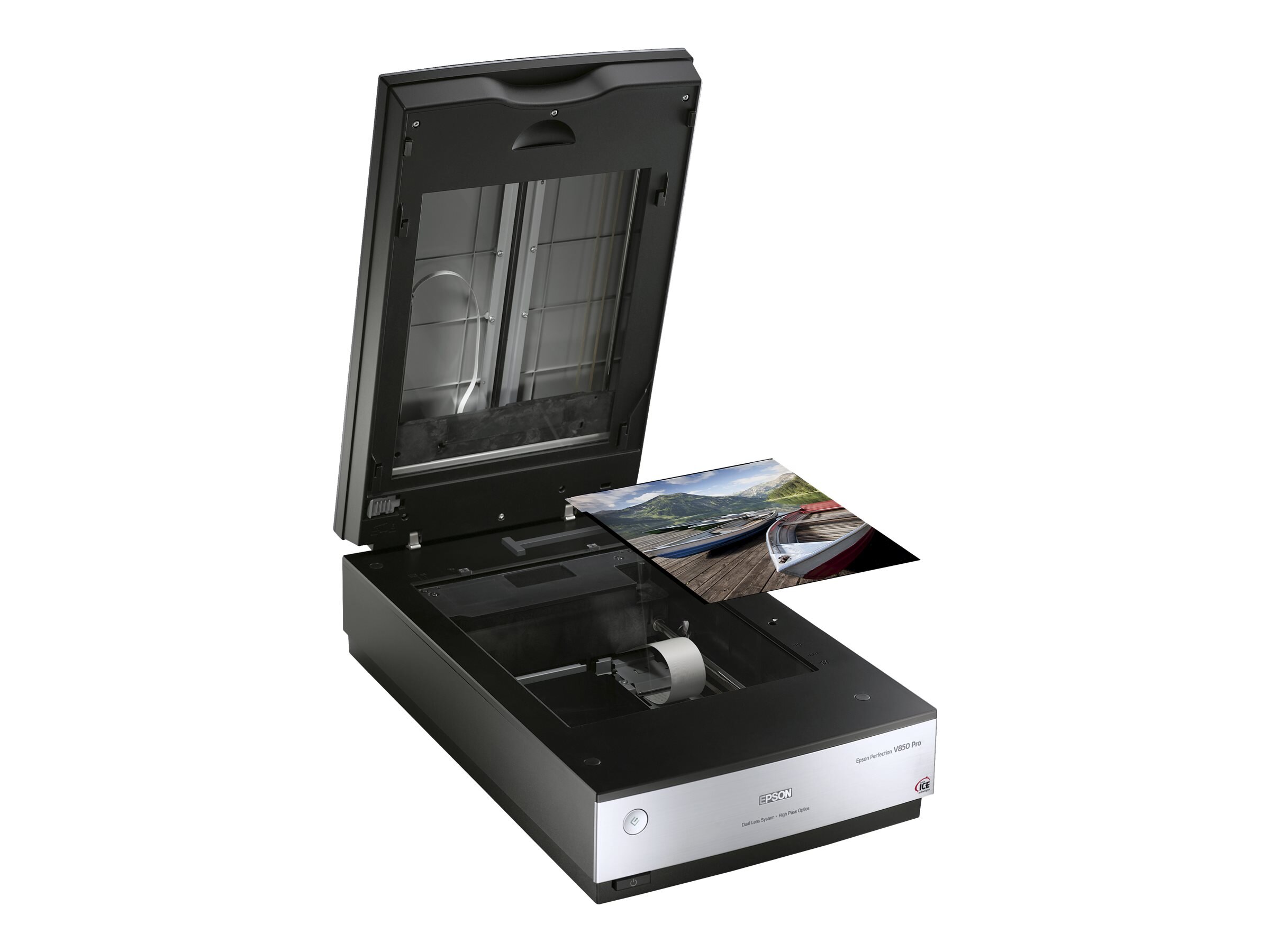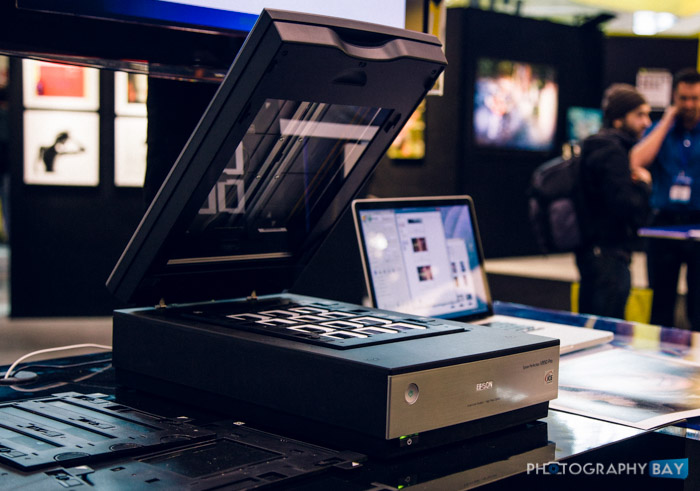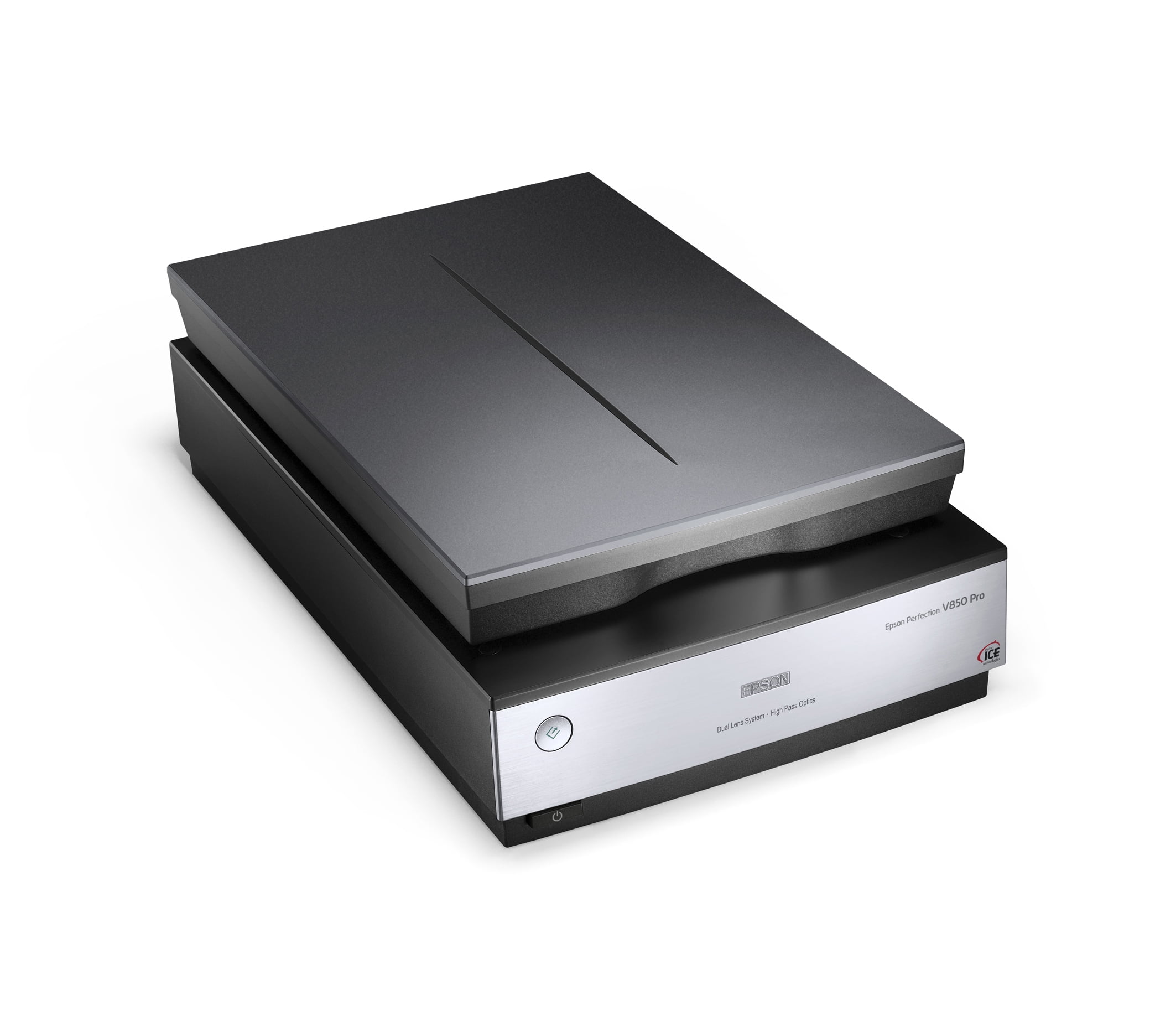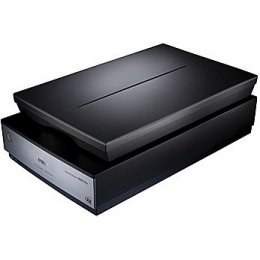B11B224504 | Epson Perfection V850 Pro Flatbed Photo Scanner | A4 Home/Photo Scanners | Scanners | For Home | Epson Singapore

Epson Perfection V850 Pro FREE Ground Shipping - Epson SureColor & HP Printers - Dye Sub, DTG, Sign, Photo & Giclee

B11B224201-N | Epson Perfection V850 Pro Photo Scanner - Refurbished | Scanners | Clearance Center | Epson US

Epson Perfection V850 Pro Scanner & FastFoto FF-680W Wireless High-Speed Photo and Document Scanning

Epson Perfection V850 Pro Scanner & FastFoto FF-680W Wireless High-Speed Photo and Document Scanning System, Black














